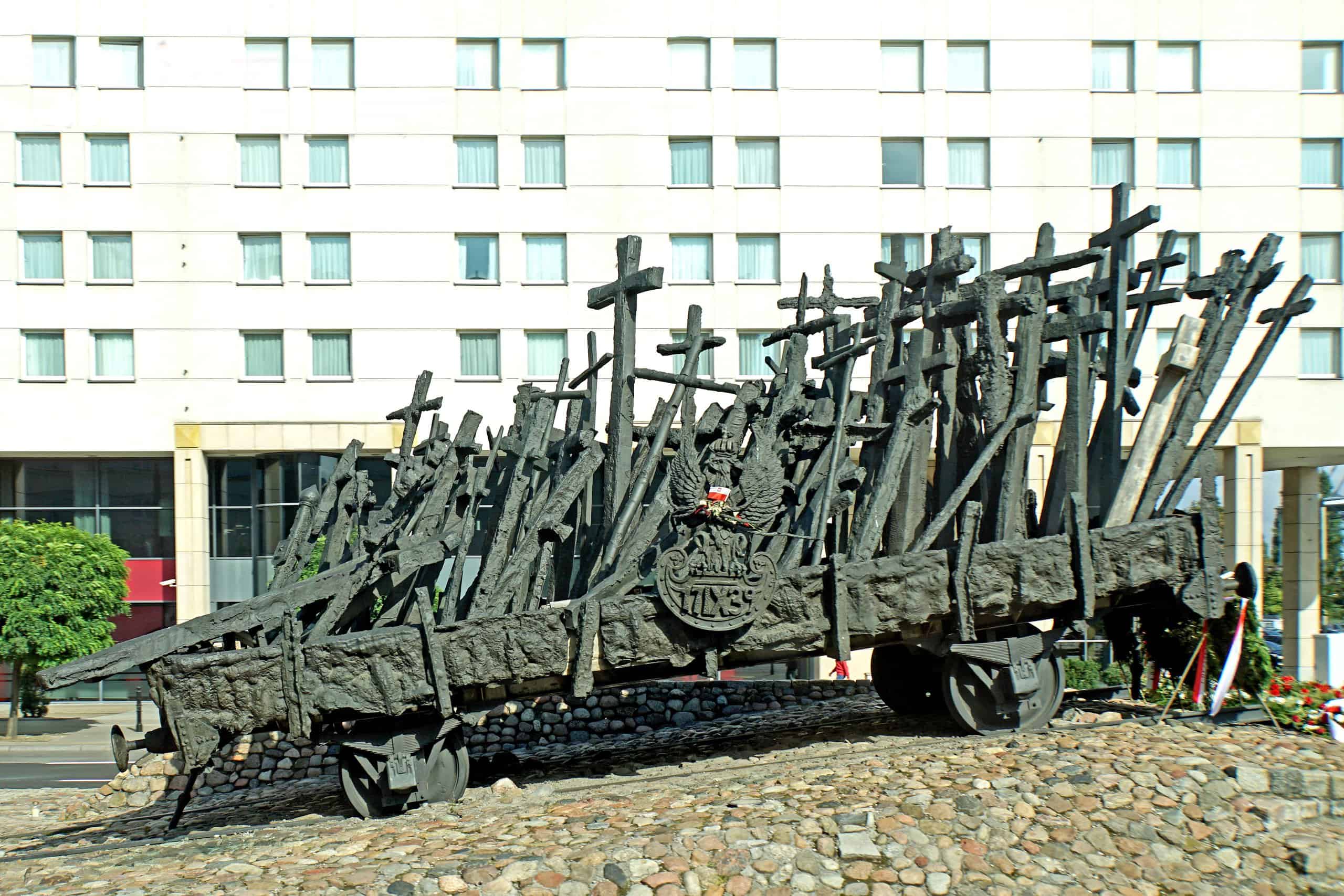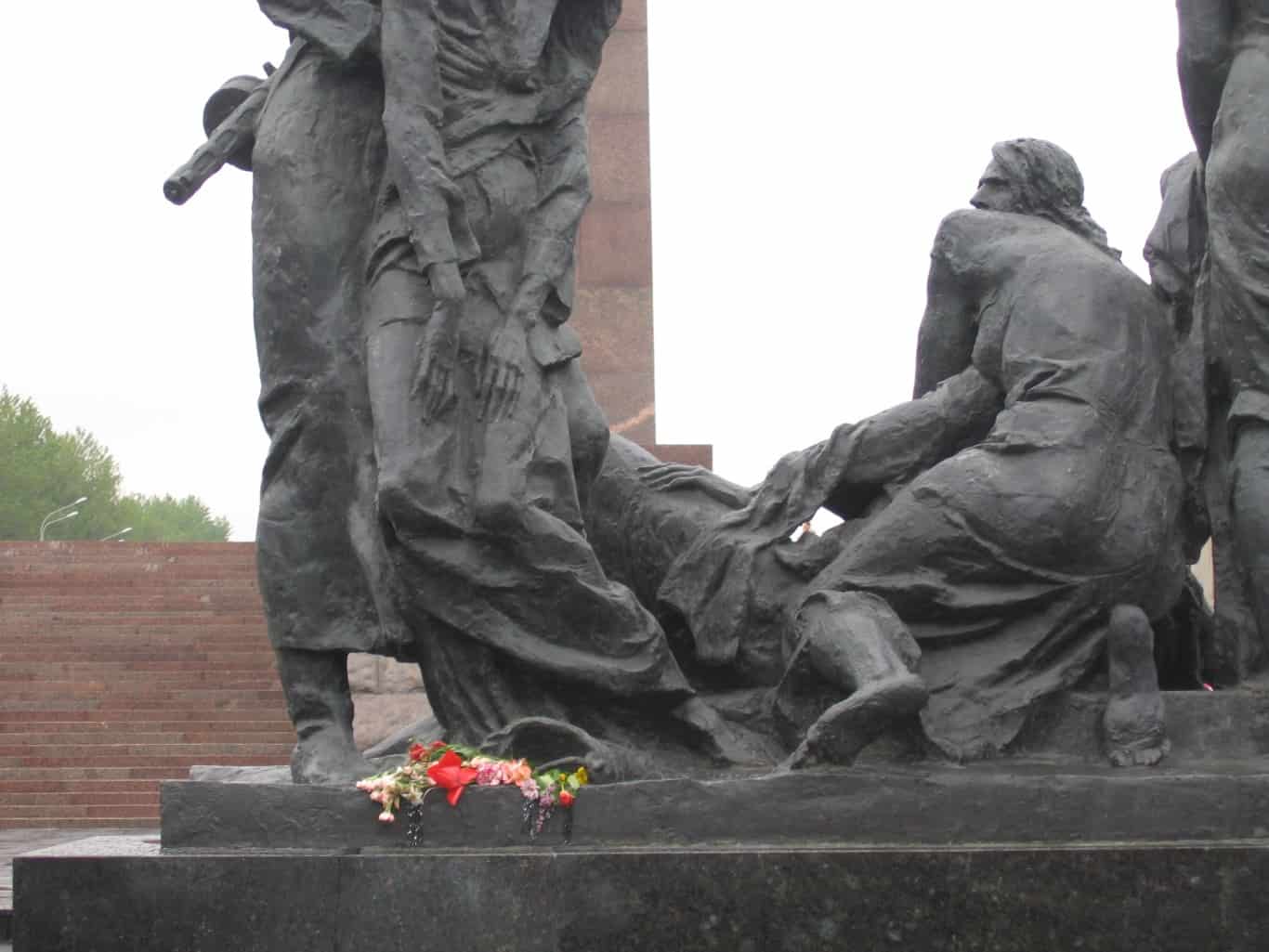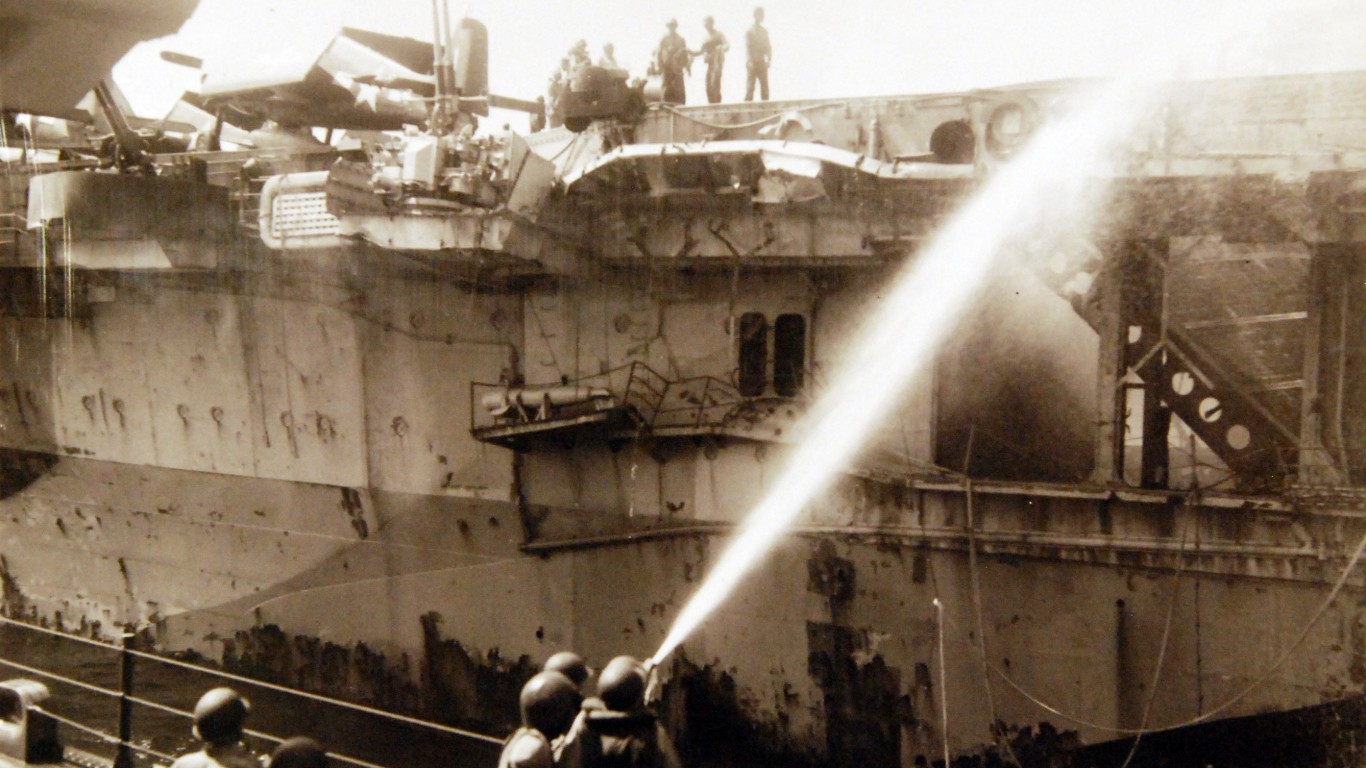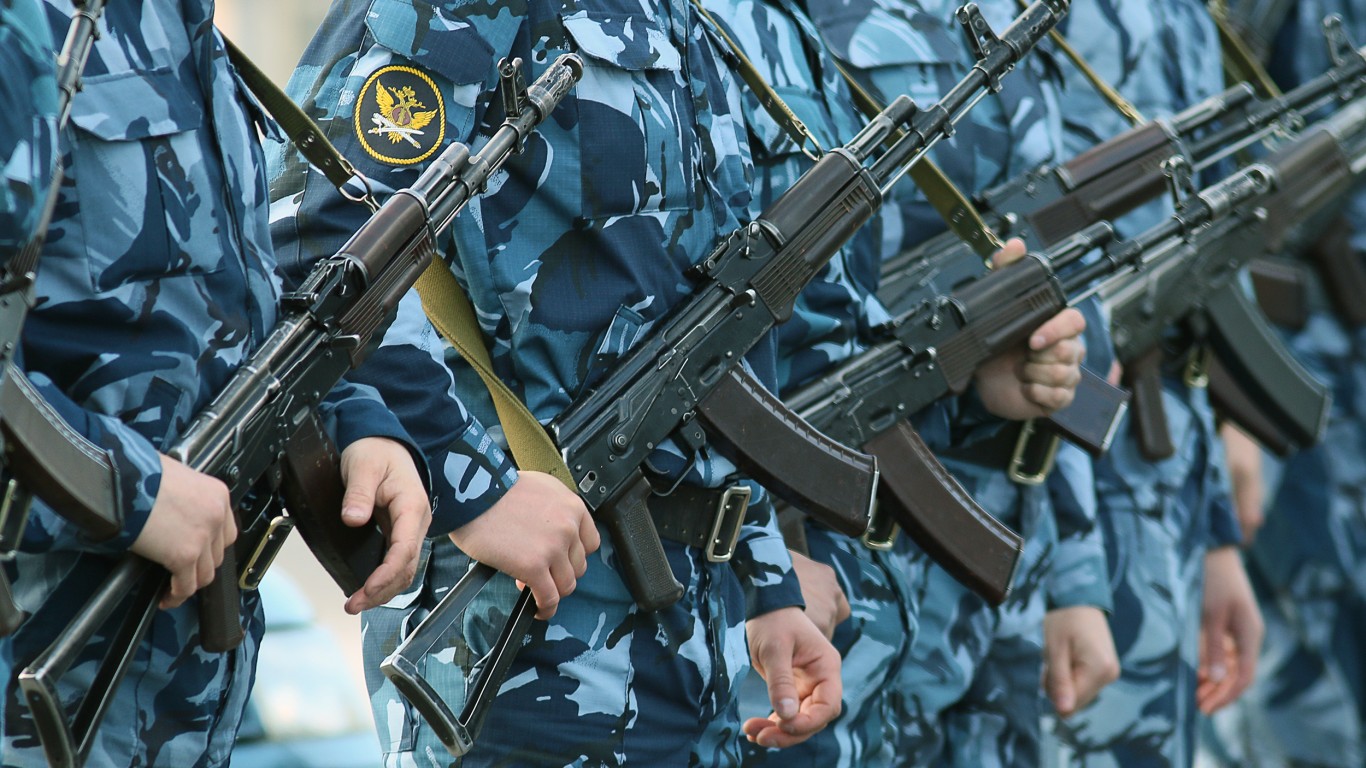
World War II stands as one of the most important events in human history. It shaped much of the current geopolitical landscape and altered the balance of power for the second half of the 20th century, leading to the rise of the United States and Soviet Union as global superpowers.
The war was marked by incredible technological advancement from World War I. Nations now relied heavily on aircraft and tanks to project power. It is also fitting that the war concluded with the dropping of the nuclear bomb, pushing the world into the atomic age. (These are World War II’s most mass-produced planes.)
Here 24/7 Wall St. is taking a look at some of the most defining events of the conflict at large. To identify the most important events and battles of World War II, 24/7 Wall St. reviewed various military and historical sources. We ordered these events chronologically to paint a picture of how the war played out for both the Axis and Allies. We also included some color on each event and how it fits into the bigger picture.
One of the most important events of the conflict was the Battle of the Bulge as it is considered a major turning point in World War II. It was the last major offensive that Germany launched on Western Europe.
Throughout this month-long battle, allied tanks and artillery clashed with German Panzer tanks and other vehicles for more than a month in the Ardennes Forest. The mechanized armies of each side proved formidable in this historic battle with the victory going to the Allies. This allowed them to further march their tanks across Europe and force the ultimate surrender of Germany. (These are World War II’s most armored American tanks.)
Here is a look at the most important events and battles of World War II:
Why Are We Covering This?
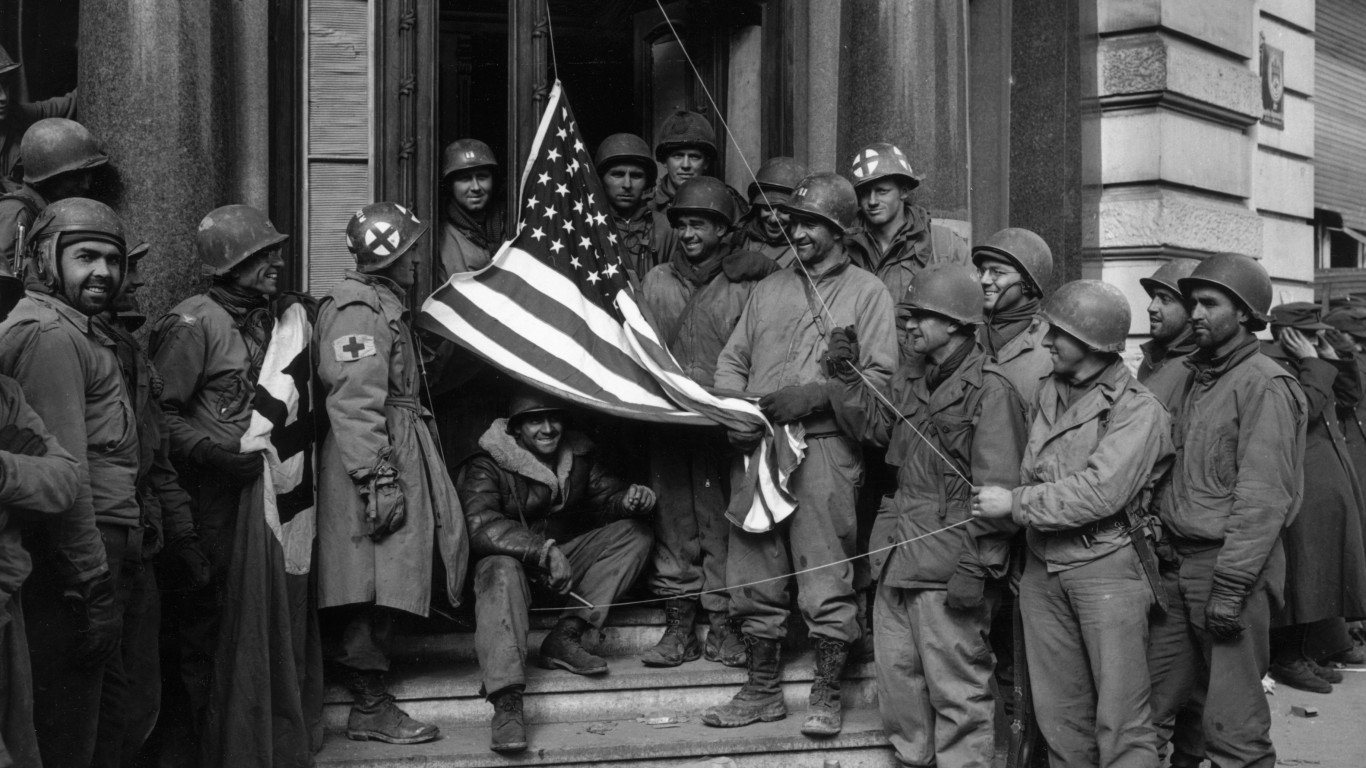
World War II was a transformative and defining moment in human history, leaving an indelible mark on the world that continues to resonate to this day. The war’s far-reaching consequences, from the geopolitical realignments to the technological innovations and social transformations, underscore its enduring importance and significance in shaping the modern world.
Invasion of Poland
- Date: September 1, 1939
The invasion of Poland was the event that ignited the biggest conflict that the world had ever seen, World War II. Nazi Germany, under the command of Adolf Hitler, launched a massive military campaign against Poland characterized by the Blitzkrieg, or “lightning war,” a strategy known for its quick coordinated attacks by air and ground forces. This invasion would push Britain and France to declare war on Germany on September 3rd, 1939, officially marking the beginning of World War II in Europe.
Evacuation of Dunkirk
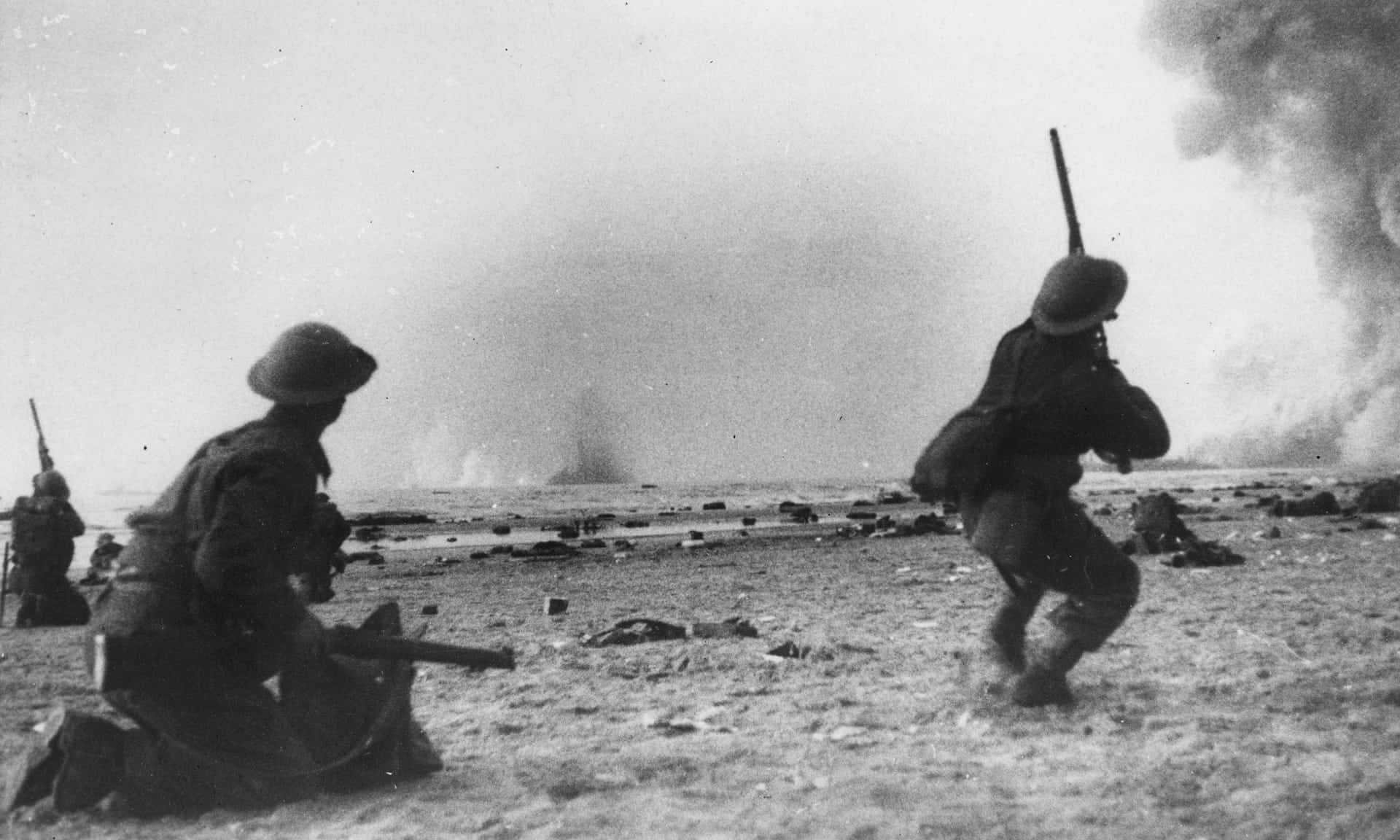
- Date: May 26, 1940 – June 4, 1940
In May 1940, German forces launched their Blitzkrieg on France and the Low Countries. This effectively trapped Allied troops from Britain, France, Belgium and Canada around the port city of Dunkirk on the northern coast of France. These soldiers faced certain doom at the hands of the Germans. However, a massive mobilization of naval vessels was able to ferry over 330,000 Allied troops to safety. Despite the constant enemy fire and logistical challenges, this evacuation became known as the “Miracle of Dunkirk.”
Battle of Britain

- Date: July 10, 1940 – October 31, 1940
After France Fell early in the summer of 1940, Germany turned its attention to the last major power that opposed it in Europe. The Battle of Britain lasted between July and October with frequent engagements between the British Royal Air Force (RAF) and the German Luftwaffe. The RAF, under the command of Air Chief Marshal Hugh Dowding, was able to repel Luftwaffe attacks denying Germany air superiority. Radar proved very important in detecting and intercepting Luftwaffe raids.
Operation Barbarossa
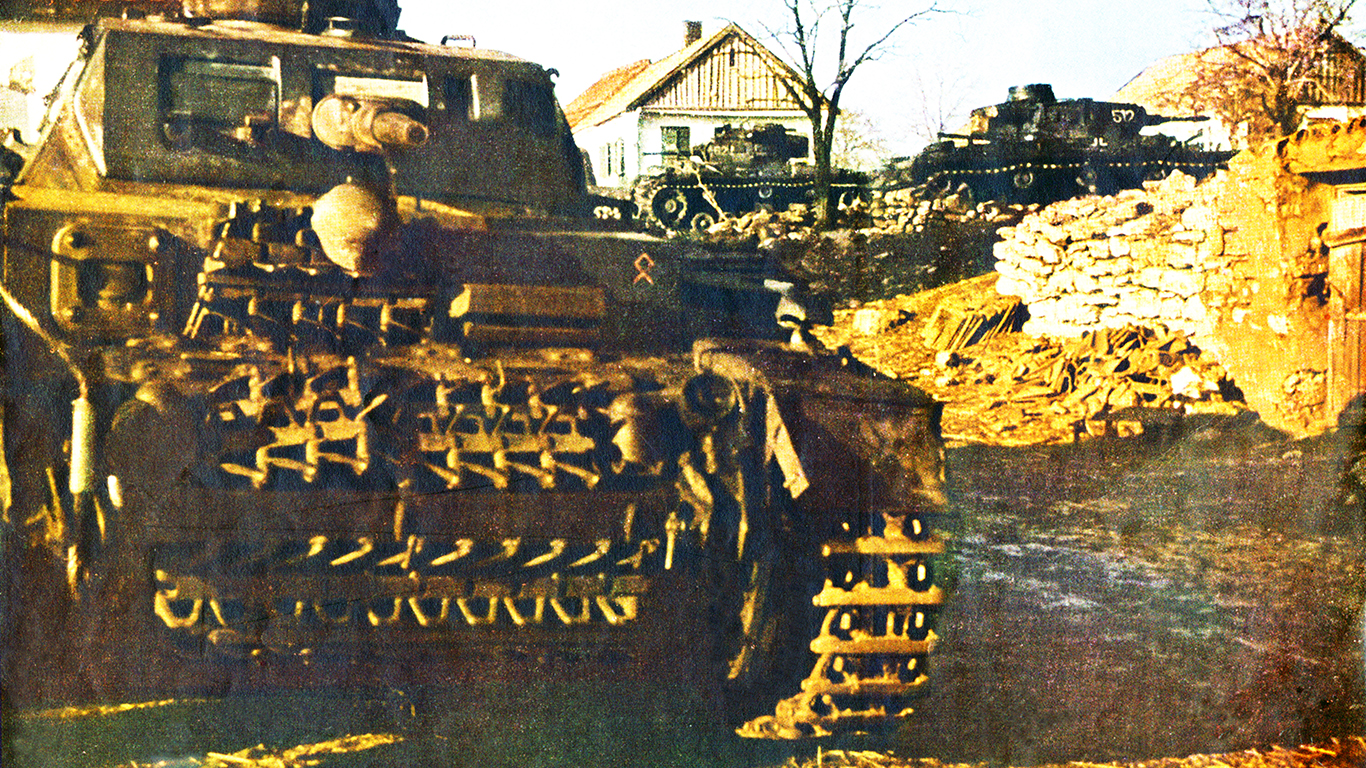
- Date: July 22, 1941
Operation Barbossa was a massive German offensive into the Europe’s Eastern Front. Adolf Hitler believed that expansion into the Soviet Union would allow for the control of Soviet oil, wheat, and more, ultimately fueling the German war machine. Similar to earlier campaigns, the German military employed Blitzkrieg tactics which allowed for initial success. However, Hitler like Napoleon before him ran up against a protracted timeline and the willingness of the Russian people to employ a “scorched earth” strategy. As the fighting on the Eastern Front became more drawn out, German resources were spreading thin in other areas and the Allied Powers took advantage of this.
Siege of Leningrad
- Date: September 8, 1941 – January 27, 1944
The Siege of Leningrad, lasting for more than two years, was one of the longest and most devastating sieges in history. At the onset of the siege, there was a population of roughly 2.5 million in the city, which dwindled to anywhere between 1 to 1.5 million. The city’s survival became a rallying cry for the Soviet war effort and a source of national pride for generations of Russians.
Attack on Pearl Harbor
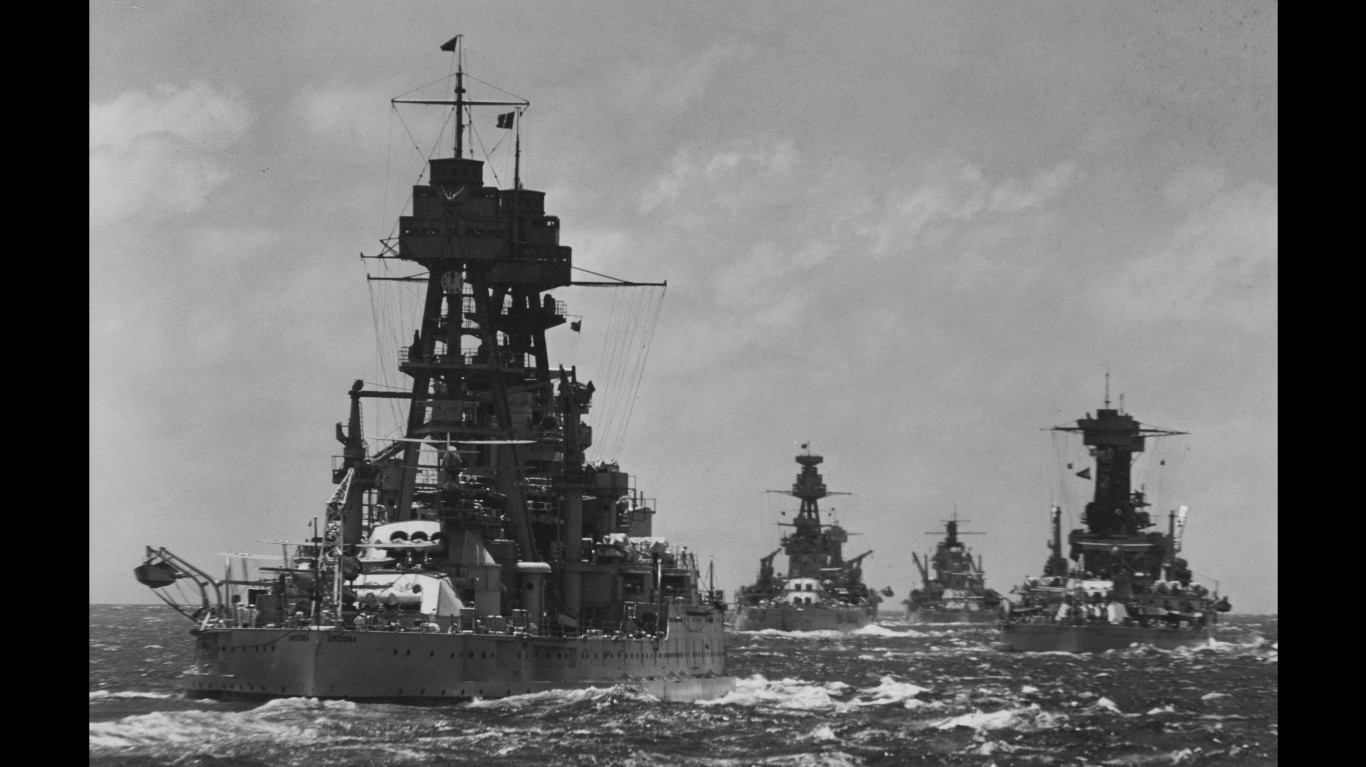
- Date: December 7, 1941
December 7, 1941: “A date which will live in infamy,” according to President Franklin D. Roosevelt. In the early hours of that day, Japanese forces launched a surprise attack on Pearl Harbor catching American forces off guard. Fortunately, the majority of U.S. aircraft carriers were not housed in the harbor at the time, but there were still significant losses. More than 2,400 Americans were killed, and over 1,100 were wounded in the attack. The devastation at Pearl Harbor shocked the American public and quickly woke this sleeping giant.
Battle of Midway

- Date: June 4, 1942 – June 7, 1942
The Battle of Midway was one of the largest naval battles in the Pacific theater, taking place at the Midway Atoll, located northwest of Hawaii. Japanese Admiral Isoroku Yamamoto devised a plan to lure the American aircraft carriers into a decisive battle near Midway to crush remaining American forces in the Pacific. However, American forces were able to prepare a defense and deploy aircraft carriers, led by Admiral Chester W. Nimitz, to intercept the Japanese fleet. The battle was a turning point in the Pacific as four of Japan’s six fleet carriers were lost in the engagement and the Japanese withdrawal allowed the United States to go on the offensive.
Battle of Stalingrad
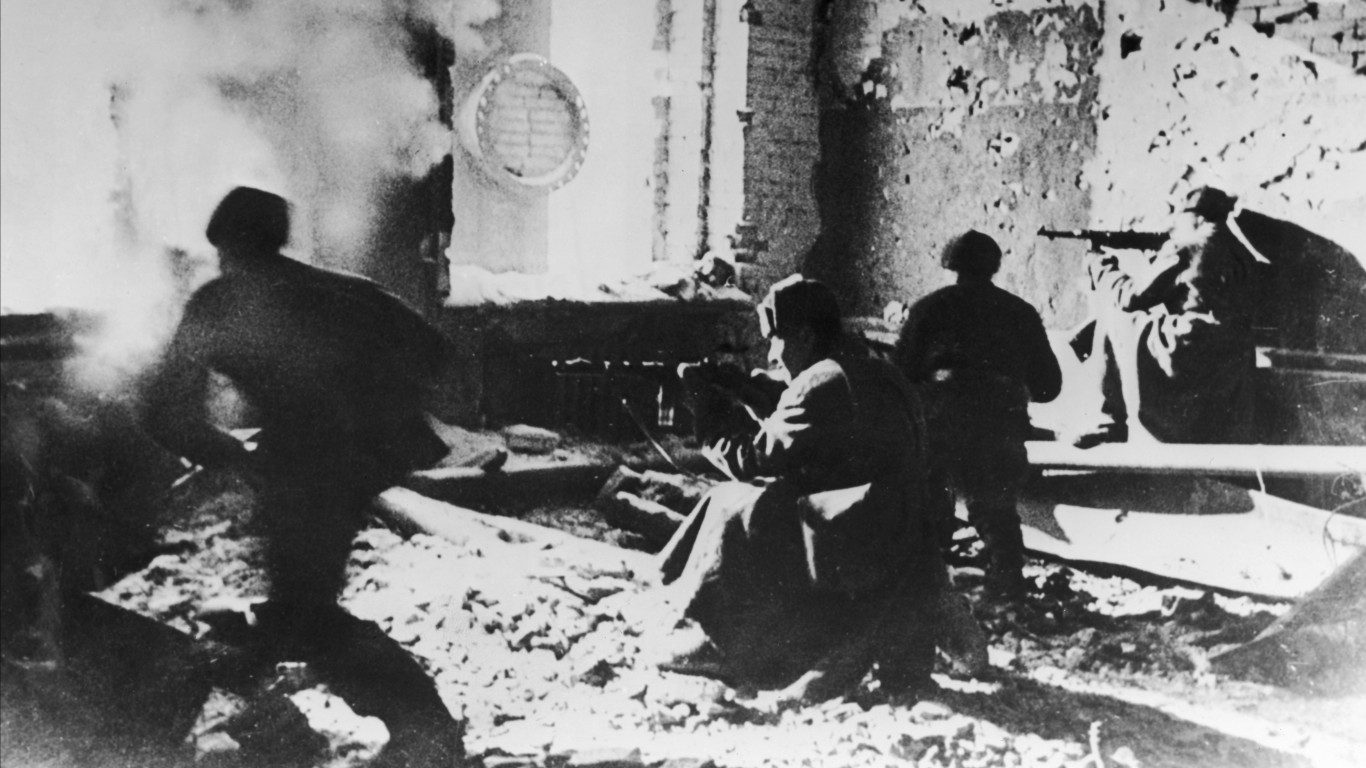
- Date: August 23, 1942 – February 2, 1943
The Battle of Stalingrad was a months-long engagement between Soviet forces led by General Georgy Zhukov and the German Sixth Army, under the command of Field Marshal Friedrich Paulus. This battle was an extension of Operation Barbossa’s push into the Eastern Front. Although caught off guard initially and suffering heavy casualties, Soviet forces pushed back and eventually encircled the German Sixth Army forcing a surrender. The Soviet victory at Stalingrad paved the way for a Soviet counterattack that would ultimately push German forces back towards the West and contribute significantly to the Allied victory in Europe.
Battle of El Alamein
- Date: October 23, 1942 – November 11, 1942
The Battle of El Alamein was an important engagement in the North African campaign. This small railway town in Egypt provided access to not only railways but the Suez Canal allowing for the import of oil from the Middle East. The British Eighth Army, under the command of General Bernard Montgomery, faced off against Axis forces led by the infamous Field Marshal Erwin Rommel. The Battle of El Alamein culminated in a decisive victory for the Allied forces, with Rommel’s Afrika Korps suffering heavy casualties and forced to retreat westward towards Libya. It also stopped Axis powers from advancing into Egypt.
Operation Torch

- Date: November 8, 1942 – November 16, 1942
Operation Torch was an Allied campaign in North Africa to claim vital territory and resources within the region as well as vital shipping lanes. The operation involved a complex amphibious assault on French North Africa, targeting the territories of Morocco, Algeria, and Tunisia, which were occupied by Axis forces. The successful Allied invasion of North Africa paved the way for more strategic offensives in the Mediterranean, including the invasion of Sicily and the Italian Campaign.
Operation Overlord (D-Day)
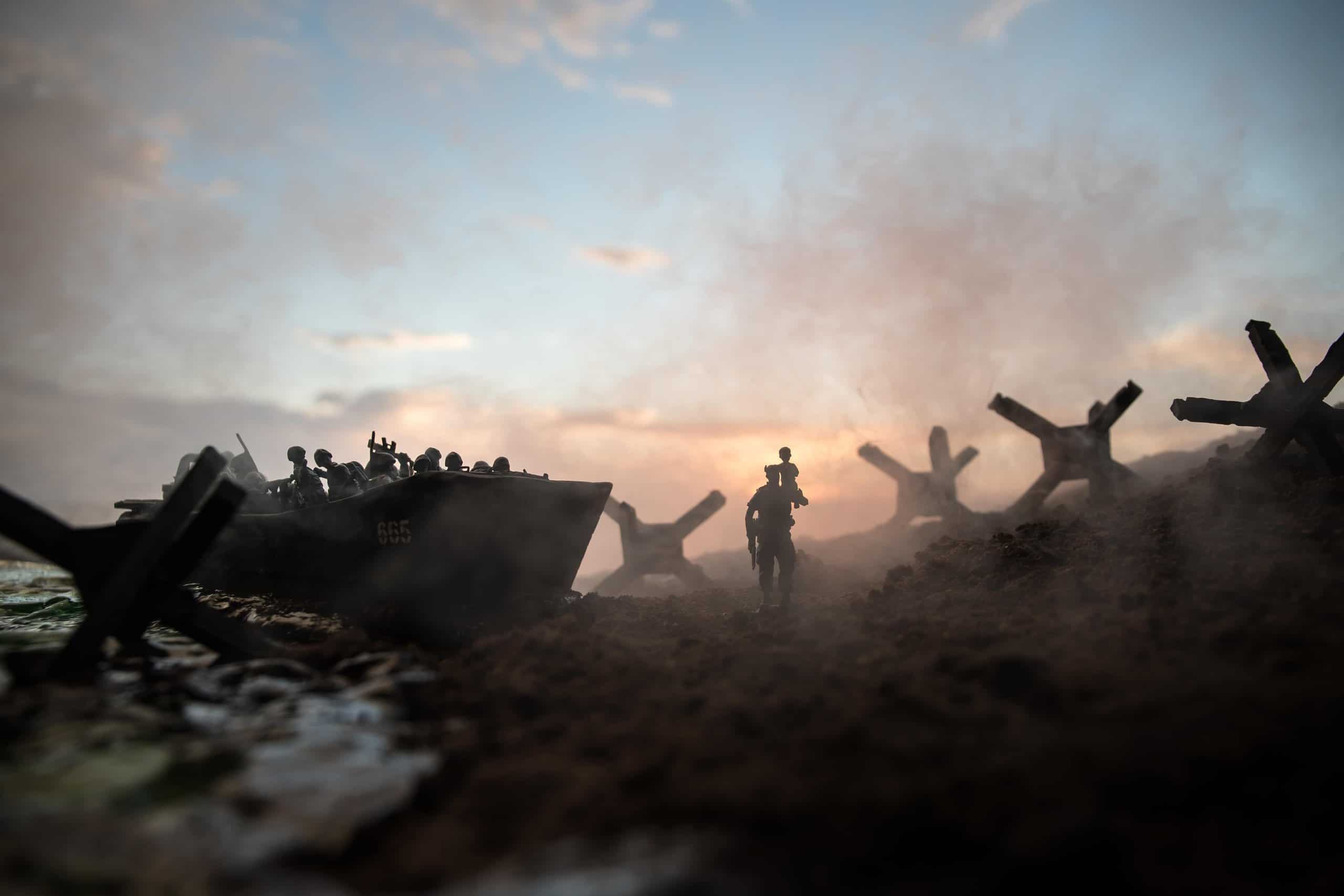
- Date: June 6, 1944
Operation Overlord, commonly known as “D-Day,” was one of the most important military operations of the entire war. It allowed Allied forces to gain a foothold in Europe to push back against Germany. Operation Overlord was meticulously planned over months of coordination between Allied military leaders and intelligence agencies. The operation succeeded in establishing beachheads and breaking through German defenses. It ultimately marked the beginning of the end for Nazi Germany’s hold on Western Europe.
The Battle of the Philippine Sea
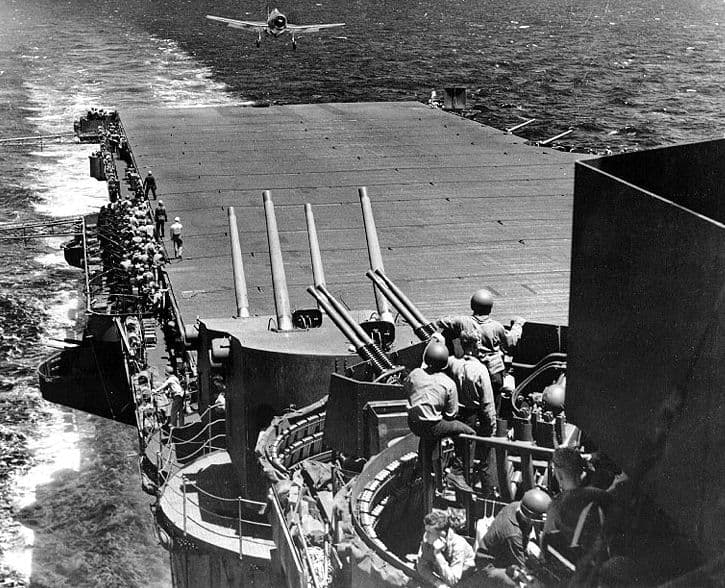
- Date: June 19, 1944 – June 20, 1944
The Battle of the Philippine Sea is famously remembered for the overwhelming success of American aircraft, which inflicted heavy losses on the Japanese. American pilots shot down hundreds of Japanese aircraft, which earned the battle the nickname “The Great Marianas Turkey Shoot.” The Japanese losses from this battle were catastrophic, with the Japanese naval air arm more or less wiped out and several Japanese carriers sunk.
Operation Market Garden

- Date: September 17, 1944 – September 25, 1944
Operation Market Garden was a large-scale airborne operation aimed at capturing a series of bridges in the Netherlands and paving the way for Allied forces into Germany. The Allies had only landed in Normandy months prior but now were attempting to build a corridor for their forces into Germany. This operation was conducted through a series of strategically planned aerial raids and ground assaults. While it was the largest airborne operation in history, it ultimately failed to achieve its objective as Allied forces were not able to secure the bridge at Arnhem and establish a continuous supply line across the Rhine.
Battle of Leyte Gulf
- Date: October 23, 1944 – October 26, 1944
The Battle of Leyte Gulf was the largest naval battle of World War II and it struck a decisive blow as to who would control the Pacific. Although it saw early success in the battle including the sinking of several Allied vessels, the Japanese Navy suffered heavy losses which severely weakened its capabilities for future naval operations. The Battle of Leyte Gulf effectively crippled Japan’s ability to contest Allied control of the Pacific.
Battle of the Bulge

- Date: December 16, 1944 – January 25, 1945
The Battle of the Bulge was the last major German offensive on the Western Front. As the Allies had made significant advances, liberating much of France and Belgium, they were stretched thin by the time they reached the Ardennes region. German forces attempted to breakthrough the Allied battle lines and actually had some initial success. However, Allied forces proved too strong and cutoff German forces from their supply lines, sealing their fate and inflicting heavy casualties in the process.
Yalta Conference
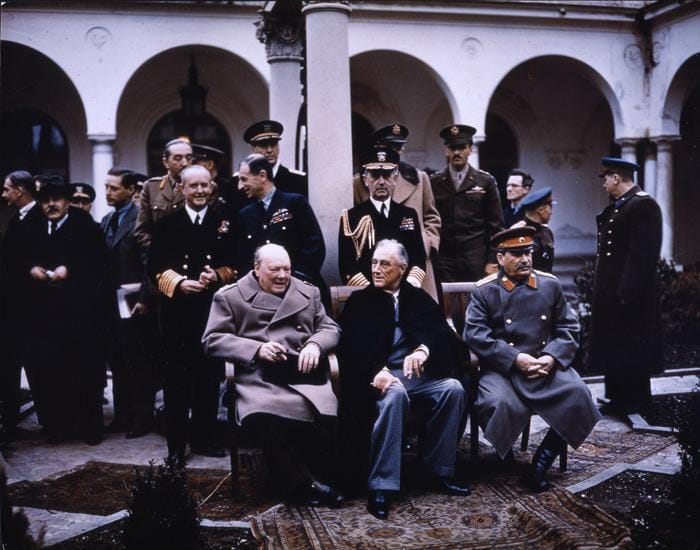
- Date: February 4, 1945 – February 11, 1945
The Yalta Conference was a meeting between the three major Allied power of World War II. Winston Churchill of Britain, Franklin D. Roosevelt of the United States, and Joseph Stalin of the Soviet Union came together to discuss the division of Germany and the liberation of Europe. This conference also set the stage for what would be the United Nations. However, the Yalta Conference would also create some geopolitical tensions – a few that are still being played out today in Eastern Europe.
Battle of Okinawa
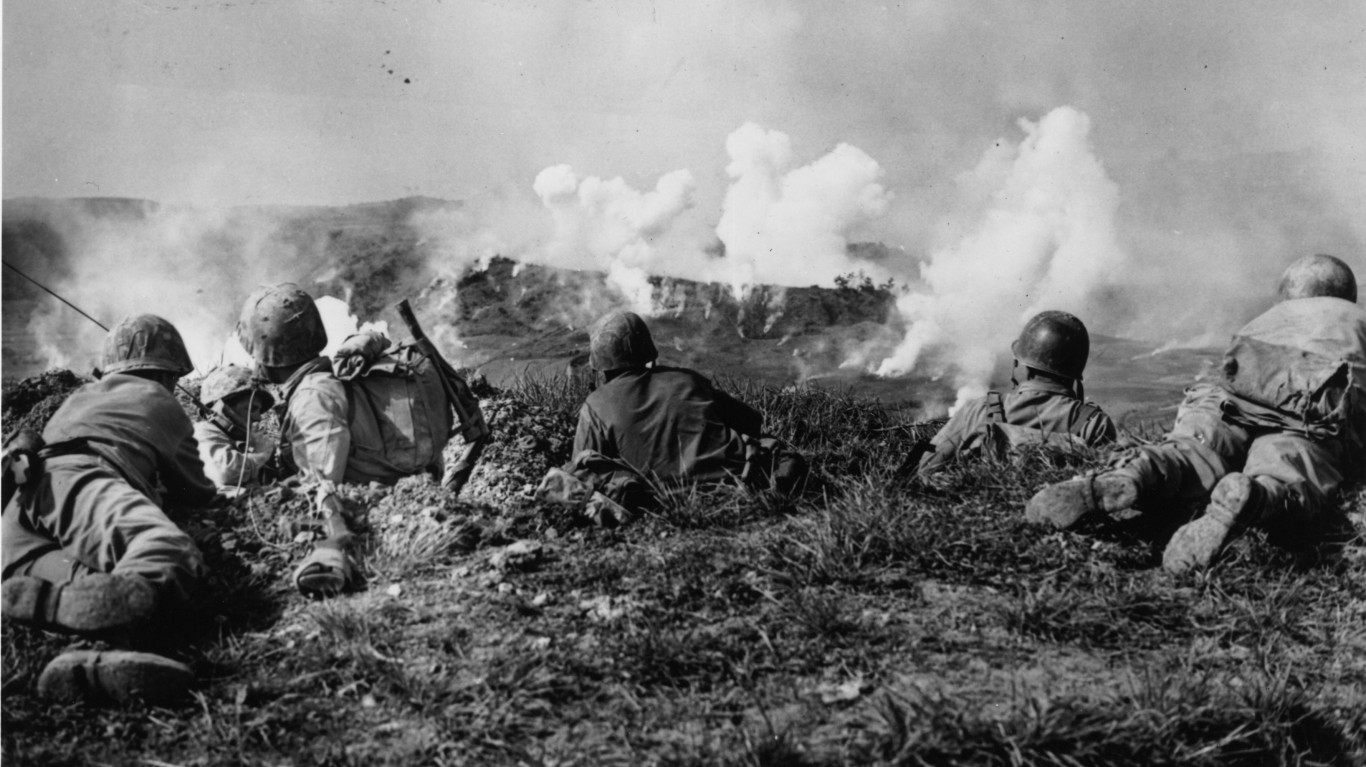
- Date: April 1, 1945 – June 22, 1945
The Battle of Okinawa was characterized by intense combat with both sides sustaining heavy casualties. The capture of Okinawa would provide air bases and staging areas for Allied forces to ultimately invade Japan’s homeland. Despite the formidable Japanese defenses, Allied forces gradually gained ground on Okinawa in large part due to naval support and air superiority. However, this battle came with a heavy price. Roughly 12,000 Allied troops were killed and over 36,000 wounded, along with approximately 110,000 Japanese soldiers and over 100,000 Okinawan civilians killed or wounded.
Battle of Berlin

- Date: April 16, 1945 – May 2, 1945
The Battle of Berlin was the final push to topple Germany and end the war in Europe. Berlin was stuck between Allied forces pushing from the West and Soviet forces from the East. The Soviets, under the command of Marshal Georgy Zhukov, launched a massive offensive involving infantry, armor and artillery that broke through German forces defending the city. On April 30, 1945, as Soviet troops closed in on his bunker beneath the Reich Chancellery, Adolf Hitler committed suicide. With the fall of Berlin imminent, General Helmuth Weidling surrendered the city to Soviet forces on May 2, 1945. This battle was by far one of the bloodiest and most ruthless of the entire war.
Atomic bombings of Hiroshima and Nagasaki

- Date: August 6, 1945 – August 9, 1945
Outside of World War II, the dropping of the atomic bomb on Hiroshima and Nagasaki is one of the most important events in human history as it marked the first- and only-time nuclear weapons have been used in war. The top-secret Manhattan Project oversaw the development of the bomb. President Harry S. Truman, after weighing the military and moral implications, gave the go ahead for this operation. The immediate death toll from the dropping of these bombs ranged between 100,000 and 200,000 people. Shortly after these bombs were dropped, Emperor Hirohito announced an unconditional surrender, putting an end to World War II.
It’s Your Money, Your Future—Own It (sponsor)
Retirement can be daunting, but it doesn’t need to be.
Imagine having an expert in your corner to help you with your financial goals. Someone to help you determine if you’re ahead, behind, or right on track. With SmartAsset, that’s not just a dream—it’s reality. This free tool connects you with pre-screened financial advisors who work in your best interests. It’s quick, it’s easy, so take the leap today and start planning smarter!
Don’t waste another minute; get started right here and help your retirement dreams become a retirement reality.
Thank you for reading! Have some feedback for us?
Contact the 24/7 Wall St. editorial team.
